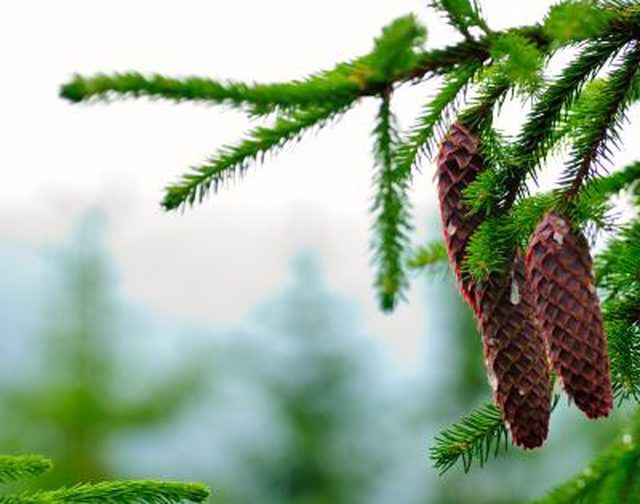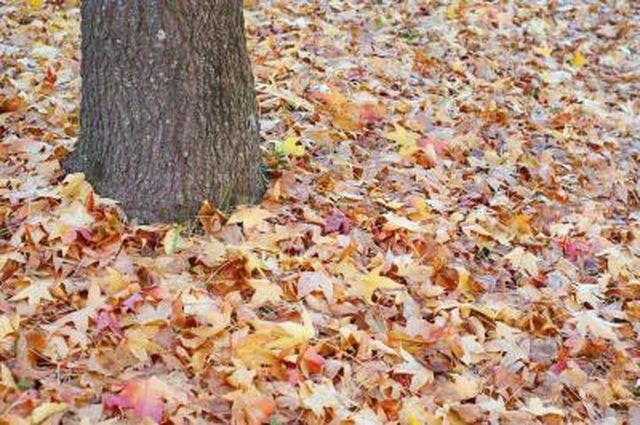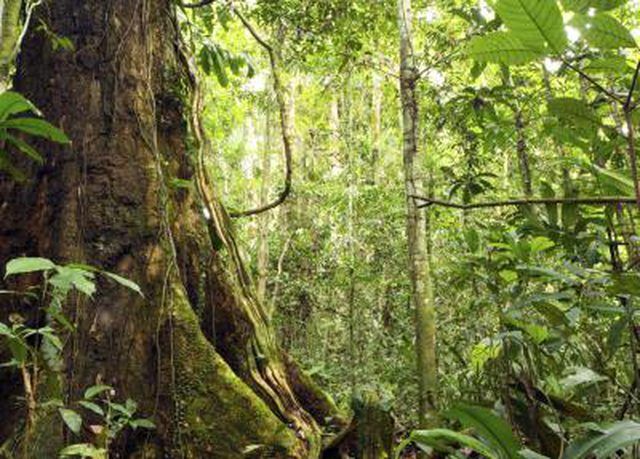Bulbs
Flower Basics
Flower Beds & Specialty Gardens
Flower Garden
Garden Furniture
Garden Gnomes
Garden Seeds
Garden Sheds
Garden Statues
Garden Tools & Supplies
Gardening Basics
Green & Organic
Groundcovers & Vines
Growing Annuals
Growing Basil
Growing Beans
Growing Berries
Growing Blueberries
Growing Cactus
Growing Corn
Growing Cotton
Growing Edibles
Growing Flowers
Growing Garlic
Growing Grapes
Growing Grass
Growing Herbs
Growing Jasmine
Growing Mint
Growing Mushrooms
Orchids
Growing Peanuts
Growing Perennials
Growing Plants
Growing Rosemary
Growing Roses
Growing Strawberries
Growing Sunflowers
Growing Thyme
Growing Tomatoes
Growing Tulips
Growing Vegetables
Herb Basics
Herb Garden
Indoor Growing
Landscaping Basics
Landscaping Patios
Landscaping Plants
Landscaping Shrubs
Landscaping Trees
Landscaping Walks & Pathways
Lawn Basics
Lawn Maintenance
Lawn Mowers
Lawn Ornaments
Lawn Planting
Lawn Tools
Outdoor Growing
Overall Landscape Planning
Pests, Weeds & Problems
Plant Basics
Rock Garden
Rose Garden
Shrubs
Soil
Specialty Gardens
Trees
Vegetable Garden
Yard Maintenance
What Is Tree Sap Used For?
What Is Tree Sap Used For?. There are two kinds of sap, both water-based and containing minerals and hormones. Xylem sap contains additional nutrients, while phloem sap has sugar. Sap feeds the tree and also insects when it seeps from the branches.Sap is used in food, medicine and industrial products. While often referred to as such, latex and...
There are two kinds of sap, both water-based and containing minerals and hormones. Xylem sap contains additional nutrients, while phloem sap has sugar. Sap feeds the tree and also insects when it seeps from the branches.
Sap is used in food, medicine and industrial products. While often referred to as such, latex and resin are not sap; latex is very similar to sap, but resin is a hydrocarbon excretion, not a sap at all.

Perhaps the most well-known use of sap is in maple syrup production, for use on pancakes, in candy, maple butter and other treats. Birch sap is also made into a drink, especially in eastern Europe.
In the Eastern United States, Pennsylvania Dutch is one of several companies that makes birch beer soda. Gum arabic, derived from acacia tree sap, is used in gumdrops, marshmallows, M&Ms and other candies.

For centuries, various forms of sap have been used as tonics by native people. An article on the Forest Policy Research website describes the South Korea festival that accompanies the coming of gorosoe tree sap. The sap is used as a revitalizing tonic.
Sweetgum was also used by Native Americans as a balm, as was Sangre de Grado. Mixed with tobacco, sweetgum was used to send people to sleep. Sweetgum and gum arabic are both used to make incense.

According to drugs.com, pharmaceutical companies use gum arabic as an emulsifier or binder in drugs, and it can also inhibit growth of periodontic bacteria. Sap from a tree in the Amazon, Sangre de Grado (dragon's blood), provides powerful relief from inflammation and pain, especially those caused by insect bites.
According to the Virginia Tech sweetgum fact sheet, it is made into a salve that is traded under names like Copalm Balsam and Liquid Storax. Sweetgum is used to treat skin cancer, diarrhea and ringworm, among other conditions.

Gum arabic is used as a binder in watercolor paint; it is also used for making fireworks and in non-toxic adhesives used on cigarette papers and postage stamps. It also has uses in photographic printing, cosmetics and perfume-making.
In 2007, Saint Louis University researchers experimented with biodegradable batteries that can run on sugar, tree sap included.

Similar to sap, latex is a milky natural substance that comes from a latex ducts outside the cambium, where the actual sap is found and where the tree's growth is done. Tappers need to hit the latex ducts without piercing the cambium--this damages the tree.
Also made into rubber, it is used in numerous ways from balloons to sterile gloves. Natural rubber is "bled" from rubber trees; according to the Kew Botanical Gardens website, it is used in 50,000 products from tires to rubber boots.
Often called sap, resins are not sap at all. They are a byproduct of hydrocarbons from certain trees, including pines.
